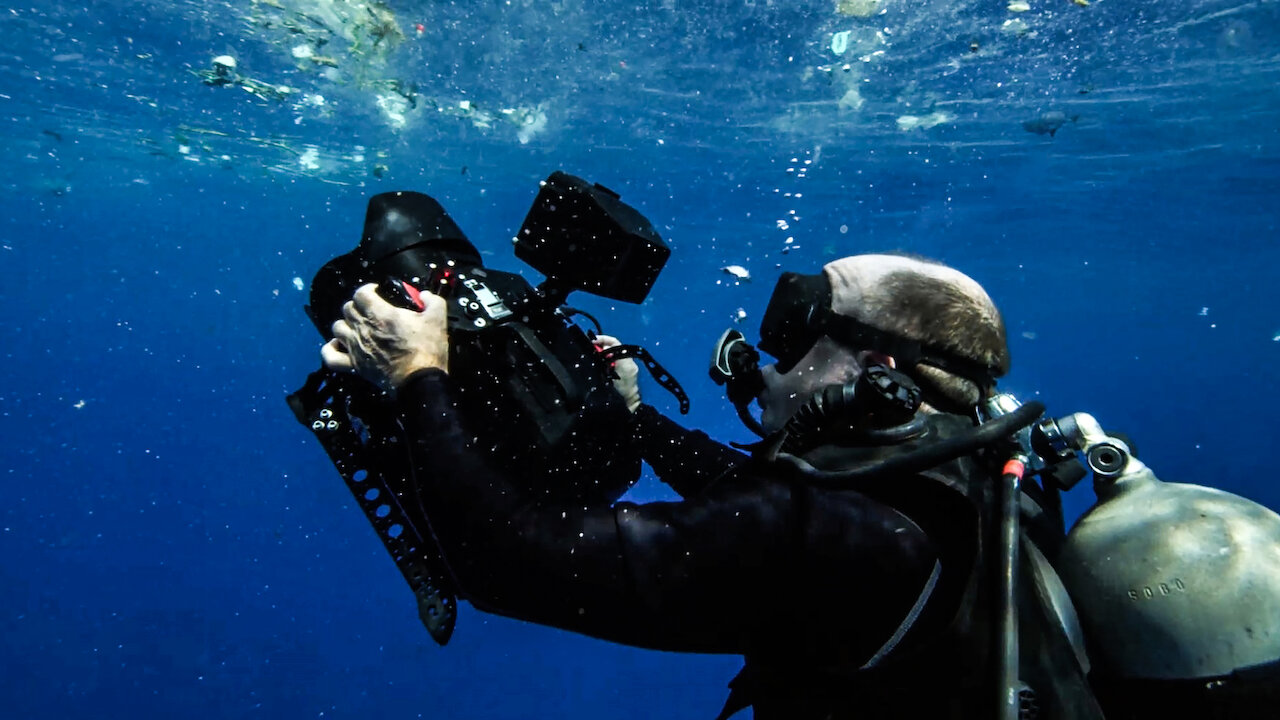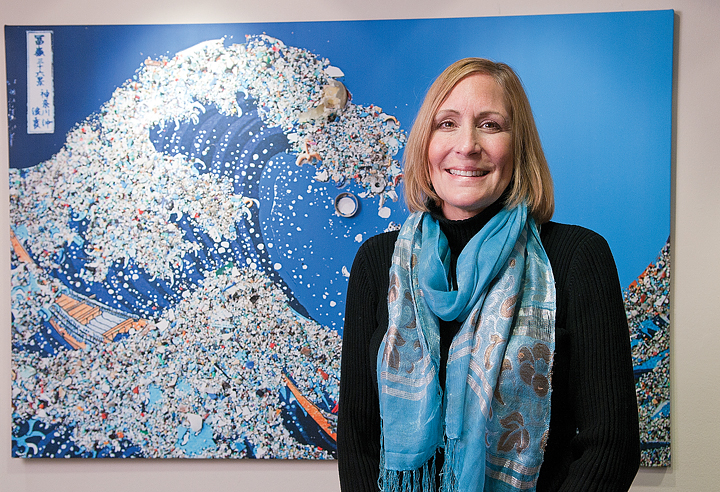Plastics are an everlasting problem on our earth. They pollute environments, kill animals, and the production for plastics themselves are very harmful. Throughout the United States, governments and regular people have been trying to make progress to cleaning up the earth and stopping the use of single use plastics. Although there does not seem to be like much progress has been done, there were two bills just approved in California, that now need to approved by Governor Gavin Newsom, that are monumental for the reduction of single-use plastics. These two bills are briefly talked about in an article written by the plastic and ocean cleanup organization, Oceana.
![]()
The first bill is Assembly Bill 962. This bill is step forward for reusable bottles in California and hopefully getting rid of single-use plastic bottles. This bills main point is that instead of requiring that glass single-use bottles be crushed for recycling, that they can instead be preserved, washed, and refilled. This will help to reduce glass waste and also allow for more jobs to be provided in California. The urging for people to use reusable glass bottles may also reduce the amount of single use plastics throughout the state. Stated in the same article by Oceana, a 20% increase in use of refillable beverage bottles in place of single-use plastic bottles could keep up to 13.5 billion plastic bottles out of the ocean every year. This would be a huge leap forward in the reduction of plastics use and could also help to kickstart other states to do the same.
The second bill that is trying to be passed is Assembly Bill 1276. This bill focuses on the use of single-use plastic utensils. These utensils, such as forks, spoons, and knives are commonly on the top ten items found at beach cleanups and are often not wanted by the customers ordering the food. This bill is trying to be passed to stop this. The bill proposes that plastic forks, spoons, knives, straws, and condiment packets only be provided to the customer if the specifically request for the items. This would allow for a great step towards reducing the majority of single-use plastics that are most commonly used. Many people do not use nor want the utensils anyways, so the utensils are thrown out without second thought. This bill would help to greatly eliminate this.

This article was written to inform the general public about what is going on in the world. Mainly targeting the Californian citizens, this article was written to push the agenda of reducing single-use plastics throughout the state and throughout the world. This is not a bad agenda though, and hopefully more people around the world will become more aware of their consumption and also push their governments to pass similar bills. Although these bills are not worldwide, they provided a positive outlook and some hope to the people who are following and supporting the banning of single use plastics. With more support and sharing of information like this, we may be able to start a more common movement to help make the earth healthier and clean our environment from plastics.



